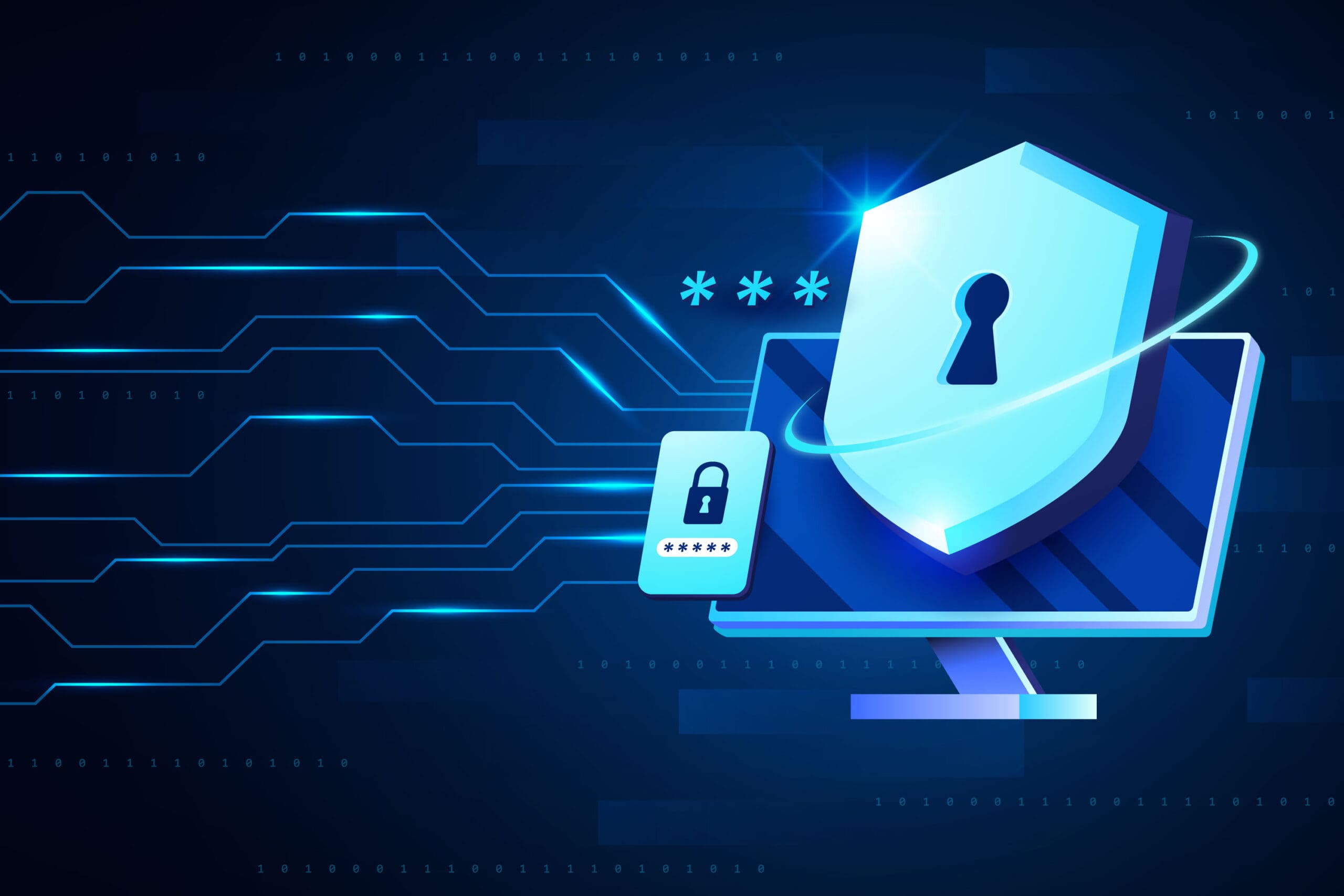Navigating the complexities of network troubleshooting requires a deep understanding of foundational principles and advanced techniques. In this comprehensive guide, we’ll explore essential tips and techniques to help you master the art of network troubleshooting.
Understanding the OSI Model
The OSI (Open Systems Interconnection) model serves as the cornerstone of network communication, with its seven layers providing a framework for understanding data transmission. By grasping the role of each layer, from the Physical layer governing raw data transmission to the Transport layer managing application communication, you can pinpoint and resolve issues effectively.
Layer 1 Troubleshooting: Physical Layer Challenges
Issues at the Physical layer, such as damaged cables or weak wireless signals, can disrupt network connectivity. By prioritizing troubleshooting efforts at this foundational layer, you can address connectivity issues promptly and ensure seamless operations.
Layer 2 Troubleshooting: Navigating Data Link Challenges
Layer 3 Troubleshooting: Addressing Network Layer Complexities
IP routing and address resolution play pivotal roles in network communication. Familiarity with IP addressing schemes and routing protocols enables you to diagnose and resolve network connectivity issues efficiently, optimizing routing efficiencies along the way.
Layer 4 Troubleshooting: Optimizing Transport Layer Performance
Protocols like TCP and UDP govern communication between applications, making them essential components of network troubleshooting. By understanding the nuances of these protocols and port numbers, you can identify and resolve application-specific issues, enhancing overall network performance.
Basic Troubleshooting Techniques and Best Practices
Unlock basic troubleshooting methods and best practices to tackle complex network issues effectively. From conducting packet-level analysis with tools like Wireshark to optimizing network infrastructure with port channels and equal-cost multipath routing, mastering these techniques is essential for ensuring network resilience and reliability.
Mastering network troubleshooting requires a combination of foundational knowledge, advanced techniques, and experience. By leveraging the tips and techniques outlined in this guide, you can navigate the complexities of network troubleshooting with confidence and efficiency, ensuring the resilience and reliability of your network infrastructure.







